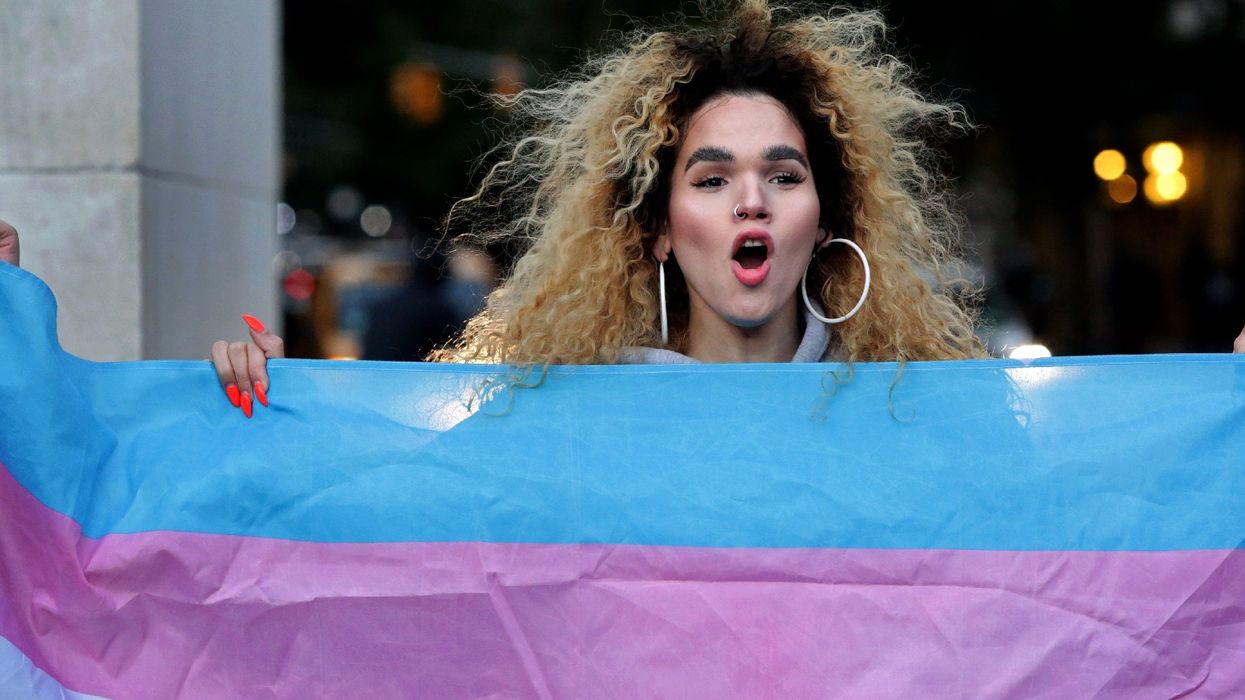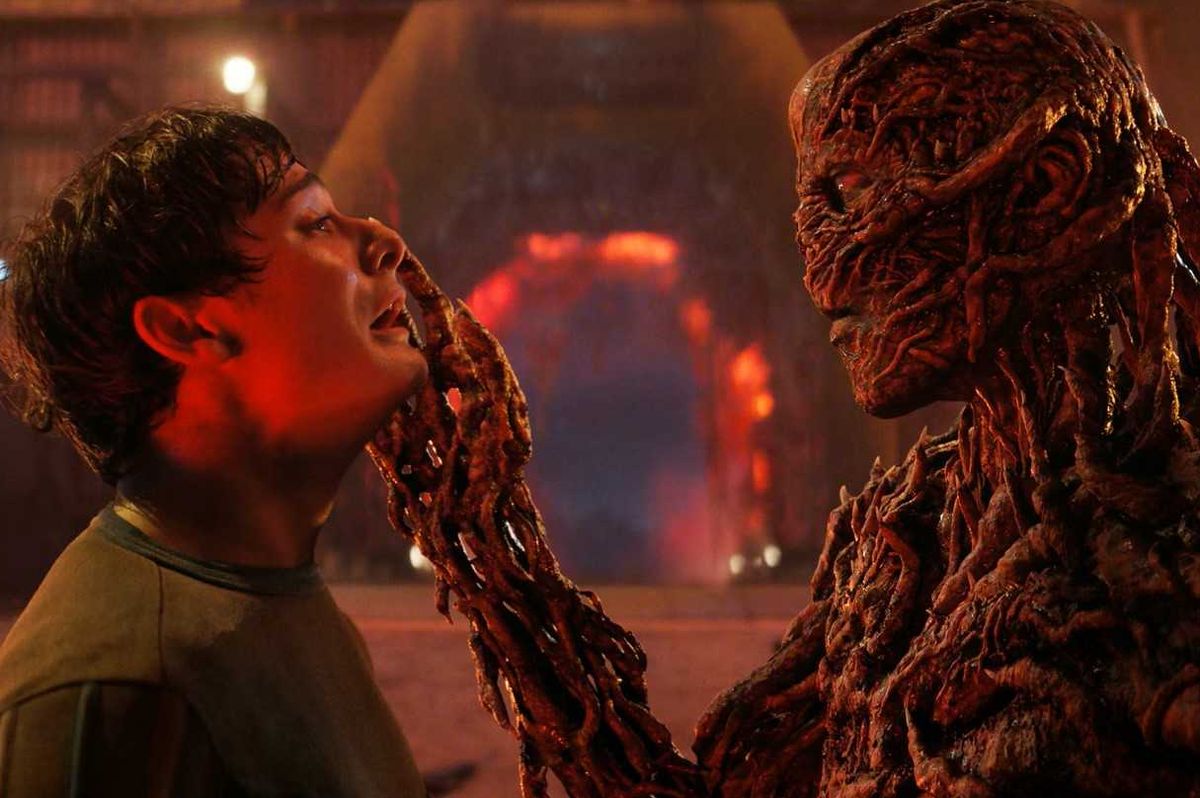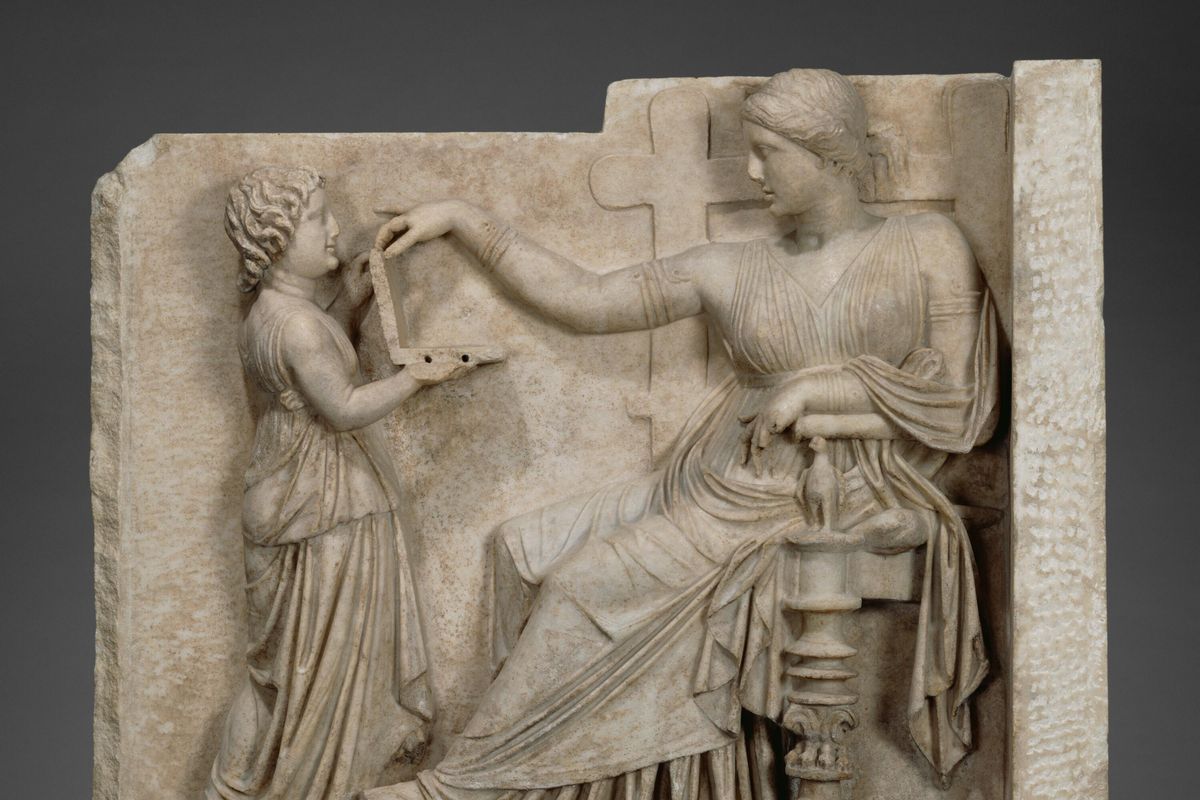News
Narjas Zatat
Nov 20, 2018

Image:
Getty
Transgender Day of Remembrance is a day on which we remember all trans lives lost as a result of intolerance and violent hate crimes.
Transgender Remembrance Day was first observed in 1998 following the murder of Rita Hester, who was a well-known member of the transgender community in Boston.
On the surface, it seems like there has been real progress on the rights of transgender people: The Gender Recognition Act allows transgender men and women to change their legal gender in the UK and the title “Mx” is being accepted in more and more businesses as an alternative for non-binary people.
Still, there is a long road before trans people are afforded the same rights as their cisgender counterparts. Earlier this year the Gender Recognition Act underwent rigorous, and at times offensive debate on whether or not it should be reformed, with particular criticism levelled against the “intrusive” hurdles to changing gender, including obtaining two medical reports, one of which confirms that the trans person has an illness – gender dysphoria.
With this in mind, here are a few things to remember at this time:
1. Not all trans people identify as male or female.
Being transgender simply means that a person’s gender identity is different from the gender they were thought to be at birth.
People often think to be trans is either to identify as a male or female, but there are also those who identify as neither of those genders. There are those who would describe themselves as “non-binary” or genderqueer. This is why it’s important (and easy!) to ask people you meet what pronouns they use.
2. Hundreds of transgender people die every year as a direct result of hatred-based violence.
According to LGBTI Intergroup, there were 369 known victims of transphobic violence in the past year. It is difficult to quantify the deaths of transgender people, as many live below the radar or haven’t revealed their identity for fear of violent reproach, so this number is almost certainly higher.
3. Trans people of colour are disproportionately targeted with violence.
According to a 2014 report by the National Coalition of Anti-Violence Projects on LGBT+ related violence, of victims murdered, 80 per cent were people of colour, 55 per cent were transgender women, and 50 per cent were transgender women of colour.
4. Being an ally to a trans person is vital to stamp out hate.
Trans people are a minority. And they, like all minorities, need the support of the majority. It’s actually not hard to be an ally.
Trans activist Travis Alabanza told indy100 earlier this year that trans people can be protected with help.
I think what we need from cis people is for them to realise and see that we are currently in an epidemic of violence against trans people.
We need them first to realise the urgency of the situation, and therefore for their allyship to stem from this common understanding of urgency. We no longer need silent, passive bystanders – we need cisgender people to actively support and uplift trans people – particularly those that are further marginalised or erased.
"We need allyship that understands that at the moment, for many trans people, going outside is already a dangerous task,” they added.
If you'd like to learn how to be a better ally, the LGBT+ charity Stonewall has some great tips.
Here's a summary:
- 1. Educate yourself
- 2. Listen to transgender people to learn about their needs
- 3. Be loud and visible in your condemnation of those who stand on the side of hate
- 4. Talk to your friends and family about LGBT+ rights. Pay the education forward
More: We asked 14 trans activists how cis people can be better allies in 2018
More: Travis Alabanza discusses how transgender people are received in public

Top 100
The Conversation (0)












